If you are one of the more than 50 million Americans suffering from seasonal allergies every year, you know how annoying it can be when there is a spike in allergens. Long days of sneezing, watery eyes, a stuffy nose, and a runny nose. These symptoms can become quite irritating and dealing with them is seriously inconvenient.
Luckily, there are ways to avoid these allergies, including living in a city that has low pollen scores. So, what cities should you avoid if you’re an allergy sufferer? New Home Source has the scoop.
Each year, the Asthma and Allergy Foundation of America (AAFA) releases a spring and fall report on the Most Challenging Places to Live with Allergies. Their reports consider the city’s daily pollen measurements for the spring and fall seasons, the use of over-the-counter allergy medications by residents, and the availability of allergists per 10,000 patients in the area. While weather and other forces can fluctuate from year to year, most allergy-prone cities remain in their relative positions over time.
According to the results of the AAFA’s 2022 Allergy Capitals Report, these 20 cities are the most and least challenging places to live if you have seasonal allergies.
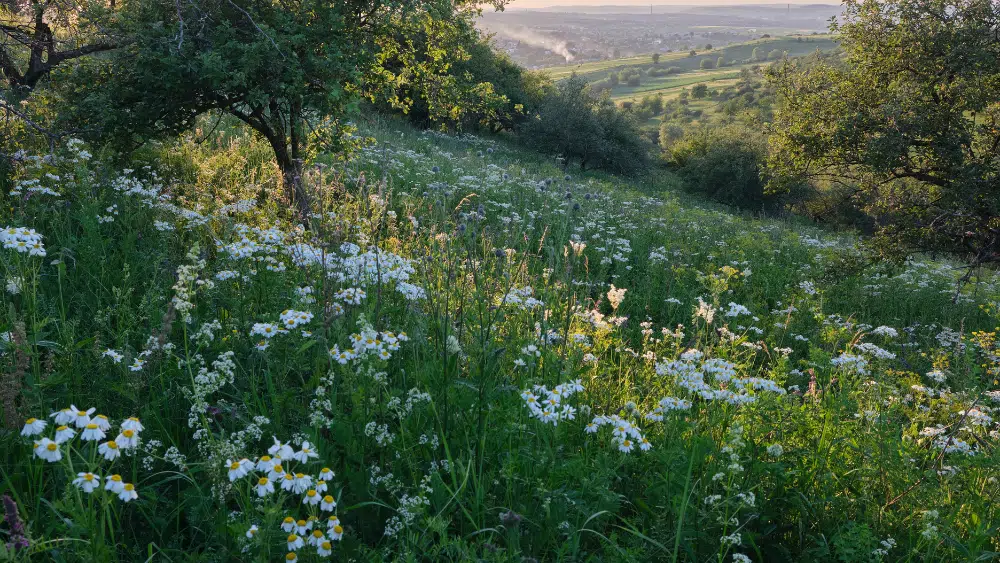
Most Challenging Cities
10. Albany, NY

Albany’s high tree and weed pollen count puts it in the top 10 most challenging cities. The overall AAFA score comes in at 78.27 out of 100. For residents with seasonal allergies, Albany ranks 7th in the spring and 11th in the fall. The capital city sees a spike in allergies starting in March or April that lasts through the summer and mid-fall.
9. New Haven, CT
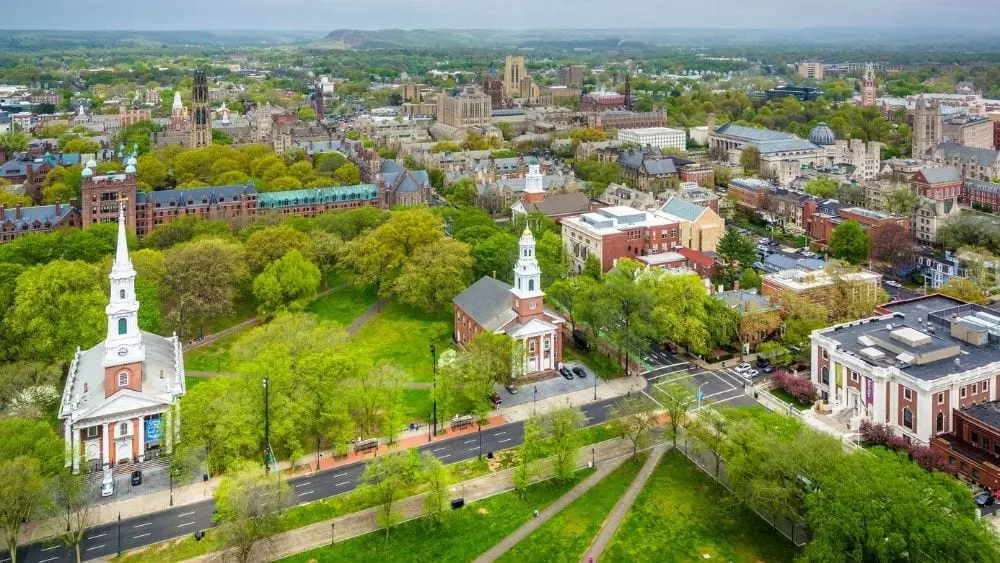
With an overall rank of 80.44, New Haven, Connecticut’s seasonal pollen makes allergy season rough for its residents. Around March and April, New Haven gets a spike in tree pollen which puts its AAFA’s spring ranking at a 5. May through July gets a spike in grass pollen ranking it 9th in the fall. Connecticut has a variety of species that contribute to their allergen list, but some of the most common allergens are elder and red mulberry tree pollen and Bermuda grass pollen.
8. Buffalo, NY

The summer months in Buffalo can be hard on residents who suffer from seasonal allergies. Starting in May, Buffalo’s pollen count starts to spike with tree pollen. Then in June, they get another spike but this time in grass pollen. Finally, in mid-August, the ragweed pollen count increases rounding out Buffalo’s highest allergy season. This back-to-back rollout of allergens gives Buffalo an overall rank of 81.15 and the timing puts it 11th for spring and 7th for fall rankings.
7. Hartford, CT
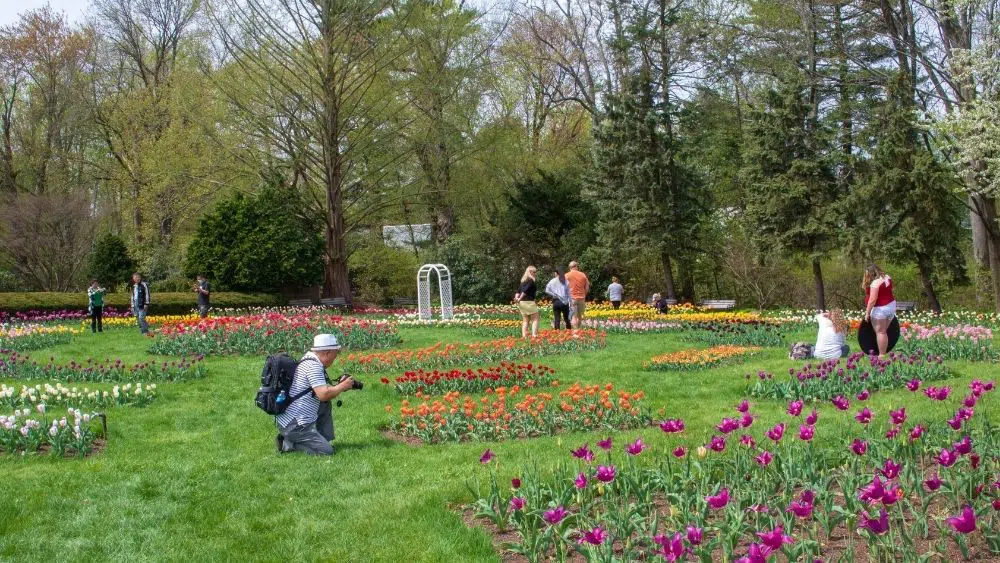
Like New Haven, Hartford, with an overall score of 81.68 on the AAFA list, gets hit the hardest by allergies during the summer and fall months. Tree pollen is in the air until mid-June, only to be blown out by grass pollen that stays until August, then the ragweed begins to blow in, causing even more allergy symptoms in the fall. Winters are a saving grace for seasonal allergies, as a couple of good freezes usually clear the air.
6. Oklahoma City, OK
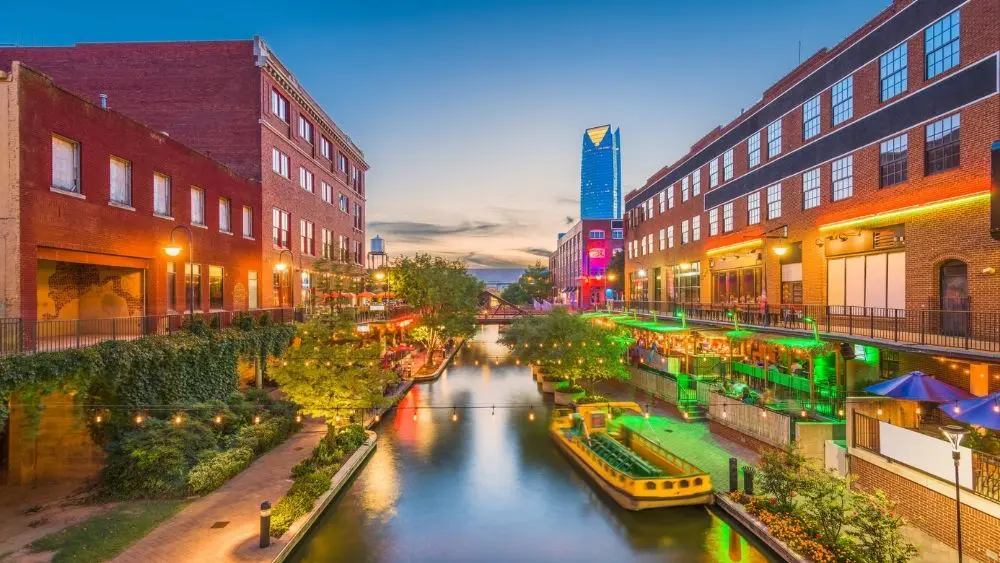
Prone to oak, birch, and maple, Oklahoma City totals 83.78 on the overall AAFA ranking. It experiences heavy spring and fall seasons, ranking 6th and 5th, respectively. With exceedingly high pollen counts, Oklahoma City is more foe than friend, despite its nickname as The Big Friendly. However, the higher-than-average allergist-to-patient ratio suggests that care is accessible in the area.
5. San Antonio, TX
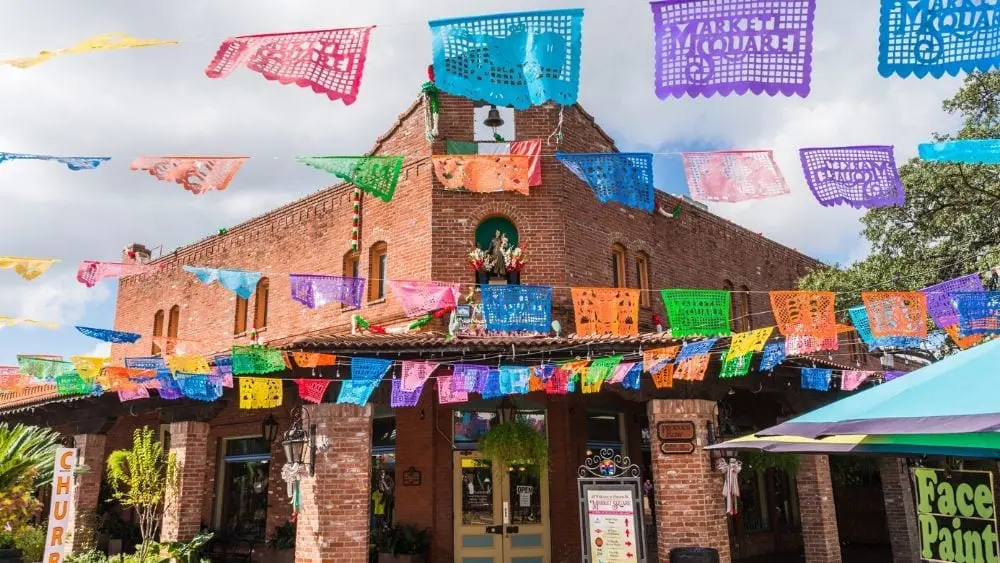
San Antonio is known for many great things like its food, culture, and its rich state history. Like all things, allergies are also bigger in Texas. With a score of 84.63, any San Antonian can tell you that allergy season is no joke. Unlike other states, Southern states stay warm almost year-round, so plants that produce pollen grow for longer periods. The most common factors are cedar in the winter and oak in the spring and summer, but San Antonio also falls victim to ragweed pollen that can last into the fall.
4. Richmond, VA

While Richmond is fourth on this list with an overall score of 85.79, it is more than likely that allergy sufferers will be most affected in the spring. Richmond’s native trees like maple and river birch produce enough pollen to bring the state to number 2 on AAFA’s spring ranking. Summer and fall also have their fair share of allergens, such as grass and ragweed, contributing to Richmond’s number 10 ranking on the fall list.
3. McAllen, TX
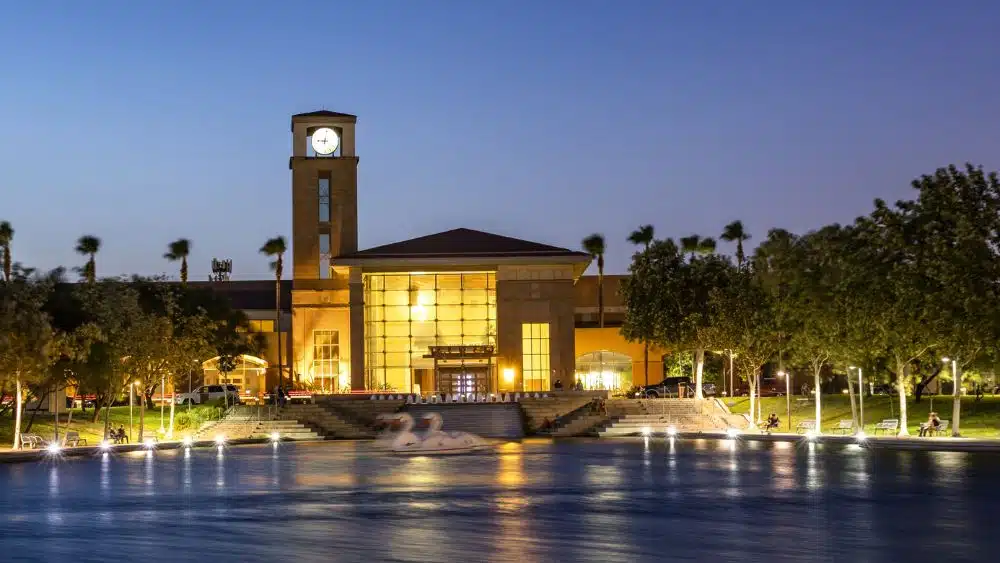
At the southernmost tip of Texas, McAllen is nestled in the Rio Grande Valley, just a stone’s throw away from Mexico. Primarily hit hardest in the winter by cedar pollen, McAllen is also prone to pollen from other native trees like cottonwood, elm, and pecan. These, combined with the ragweed pollen that affects most of Texas, puts McAllen at number 3 on AAFA’s fall ranking. Overall, McAllen pulls in at 86.11, putting it in the top three most challenging cities to live in if you have allergies.
2. Wichita, KS
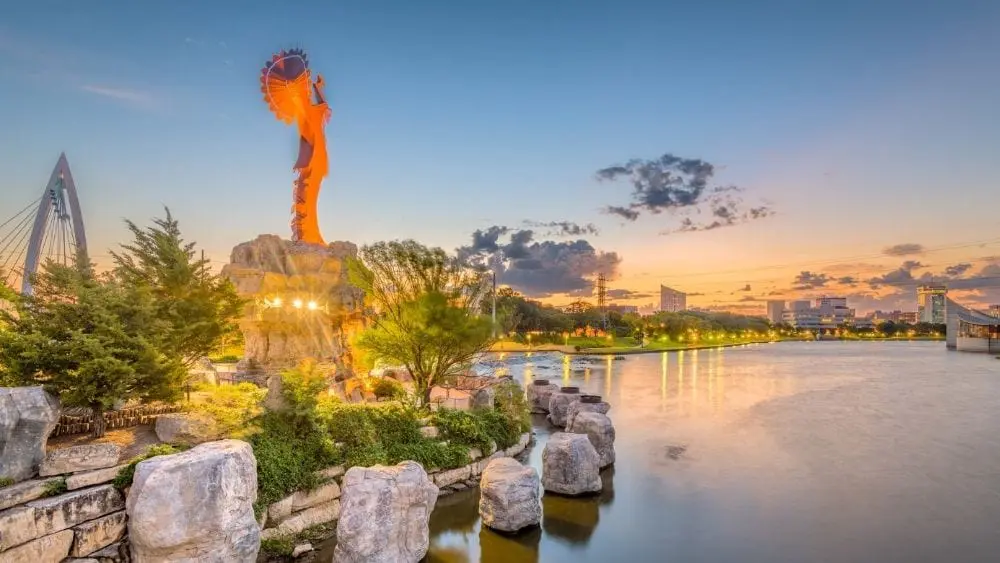
The second most challenging city is Wichita, Kansas. With an overall score of 92.60, Wichita is significantly worse in the fall than spring, coming in 2nd and 3rd respectively. Wichita has a wide array of tree pollen including walnut, willow, birch, oak, and hickory that contribute to its spring allergies. A high number of weeds and grass pollen, such as the dreaded ragweed, are present in the fall and Wichita’s warm, dry climate keeps the pollen count stable year-round.
1. Scranton, PA
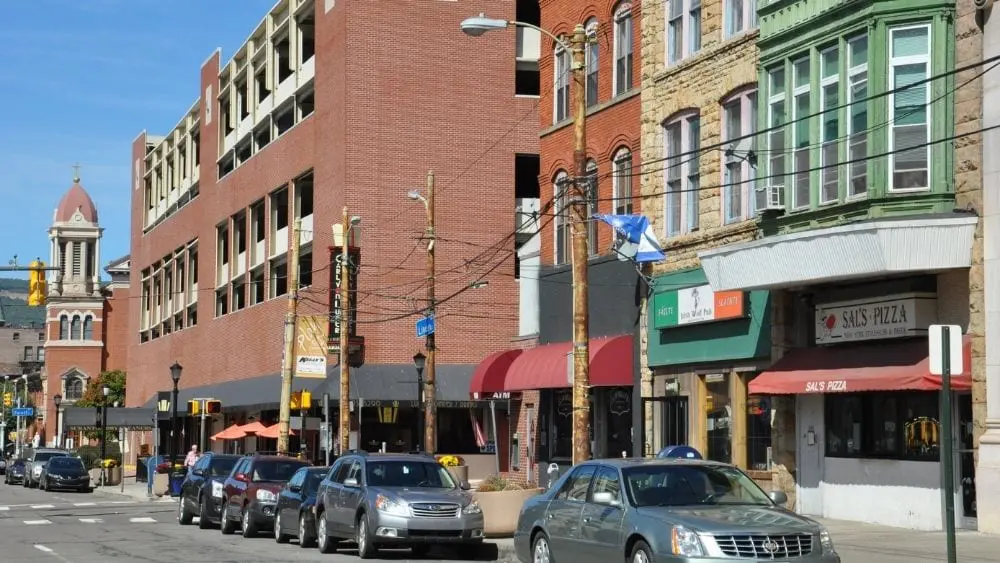
With an overall score of 100, Scranton, Pennsylvania is at the top of the leaderboards for the most challenging city to live in if you suffer from allergies. Leading both the spring and fall rankings, its allergy season doesn’t differ much from other cities. Starting as early as February, Scranton experiences spikes in tree pollen, starting the arduous allergy season. Trees such as hickory, walnut, willow, and mulberry release pollen well into May. Then around mid-May and lasting through August, Scranton gets its first spike of grass allergens from grasses such as orchard, sweet vernal, and timothy grass. Then fall brings the weed allergens that stick around until winter freezes the pollen out.
Least Challenging Cities
10. Fresno, CA
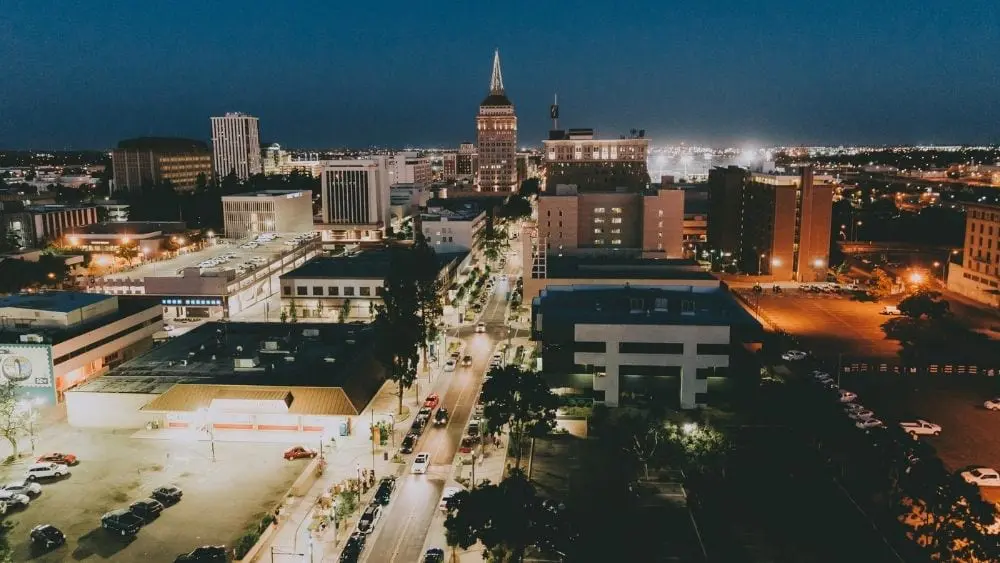
Starting the list of least challenging cities to live in is Fresno, California, sitting in the ranks with a score of 42.52. Central California does not experience harsh winters like other states, so this city has the possibility of allergies year-round. Trees like willow and oak pollinate in the spring and ragweed blows through during the summer and fall. While the winter does not bring very many new allergens, the lingering weeds can still cause allergy flare-ups.
9. Phoenix, AZ
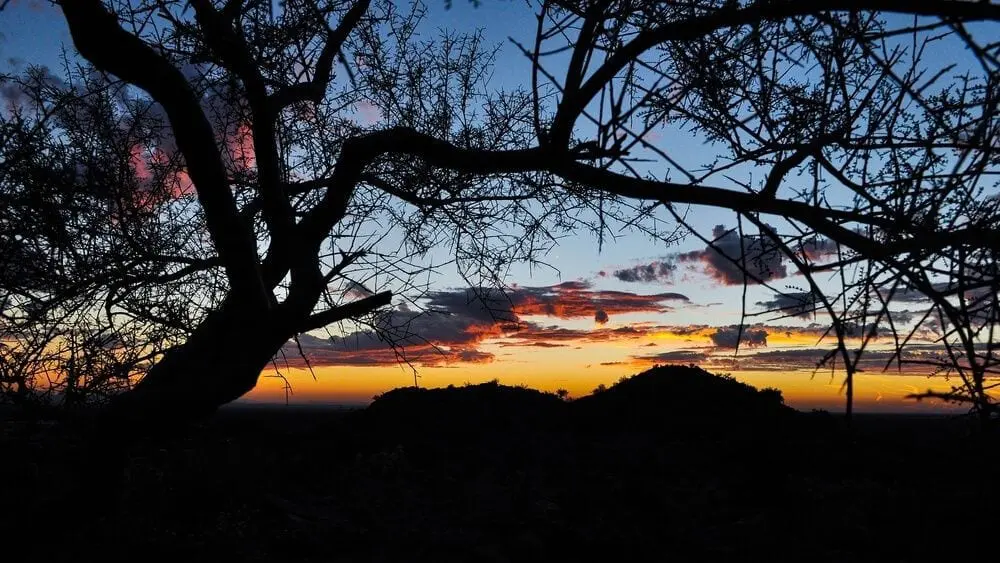
Though some people may mistake hot, dry desert for a place with no allergies, Phoenix has a few seasonal blooms that cause problems for its residents. In the spring, tree pollen from ash, mesquite, cottonwood, and mulberry starts the allergy season. Careless weed and Russian thistle then blow through during the summer and fall. Overall, these allergens only put Phoenix at 97 in the spring rankings and 90th for the fall.
8. Provo, UT
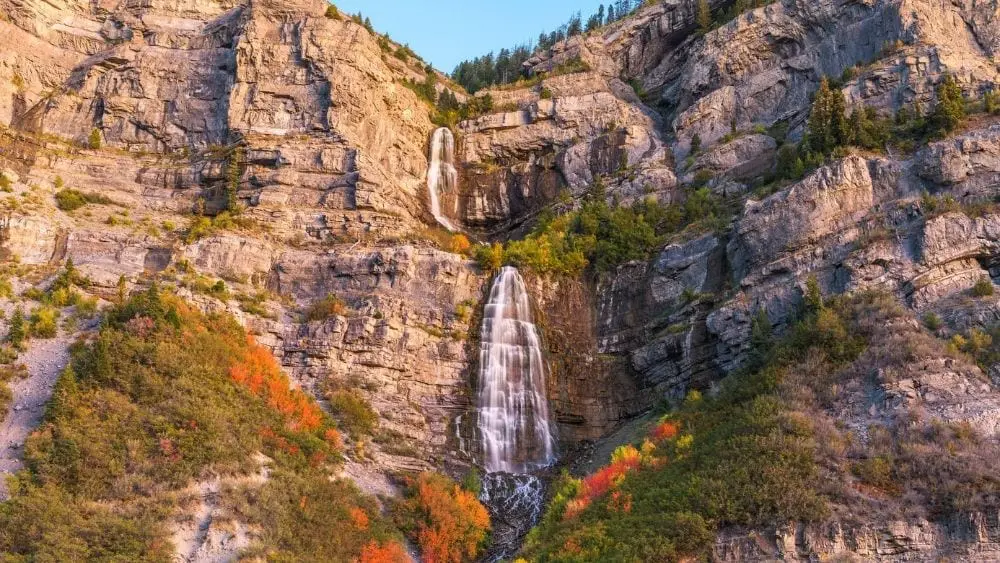
Provo, Utah gets hit hard by weed pollen in the fall. Pigweed, sagebrush, and tumbleweed stay in the air until the first freezes of winter. When spring rolls around, Provo gets a round of tree pollen from species like birch, cypress, elm, and cedar until the summer. Though these allergens can stick around for most of the year, Provo is still 96th on the spring rankings and 93rd in the fall.
7. Denver, CO
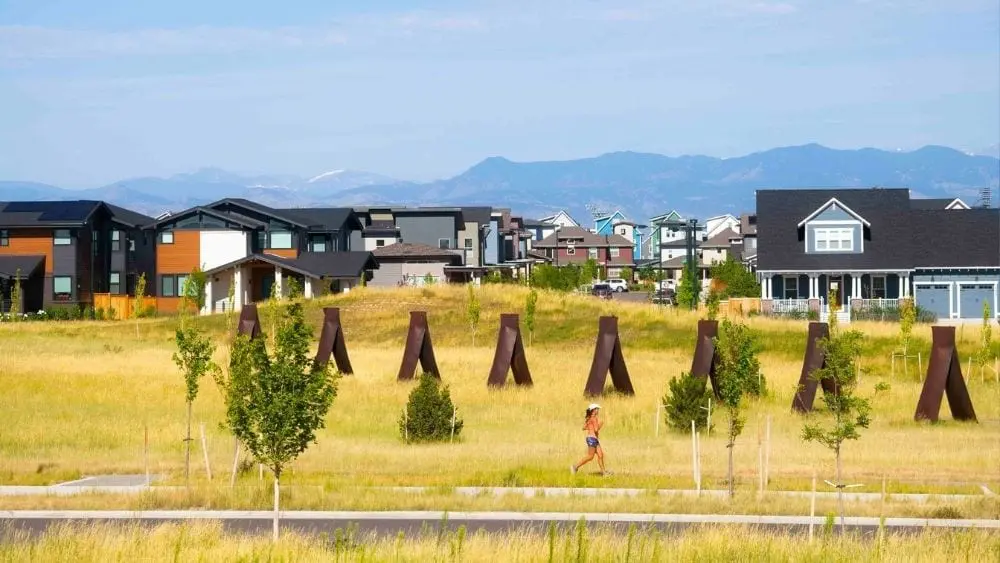
With an overall score of 44.40, Denver’s seasonal allergies are reliant on the changing weather. Ranked 91st on AAFA’s fall list, the season brings weed pollen and the chance of mold allergens that get unearthed as the air gets drier. Once winter rolls in, most of the allergens come to a halt and residents live a relatively calm season. Come spring, when plants come back into bloom, there is a spike in tree pollen from the cottonwood and cedar trees.
6. Sacramento, CA

Northern California’s seasonal allergies can differ from the rest of the state. In the summer, the grass pollen from bluegrass and ryegrass hits Sacramento and lasts until the weed pollen comes in the fall. The Sacramento area has some unique weeds like wormwood, coyote brush, and sagebrush, but these still only put the city at number 97 in the fall rankings. In the spring, trees like juniper, cypress, oak, and olive bring pollen into the area affecting the residents a little more and putting Sacramento at 90th for spring rankings.
5. Portland, OR
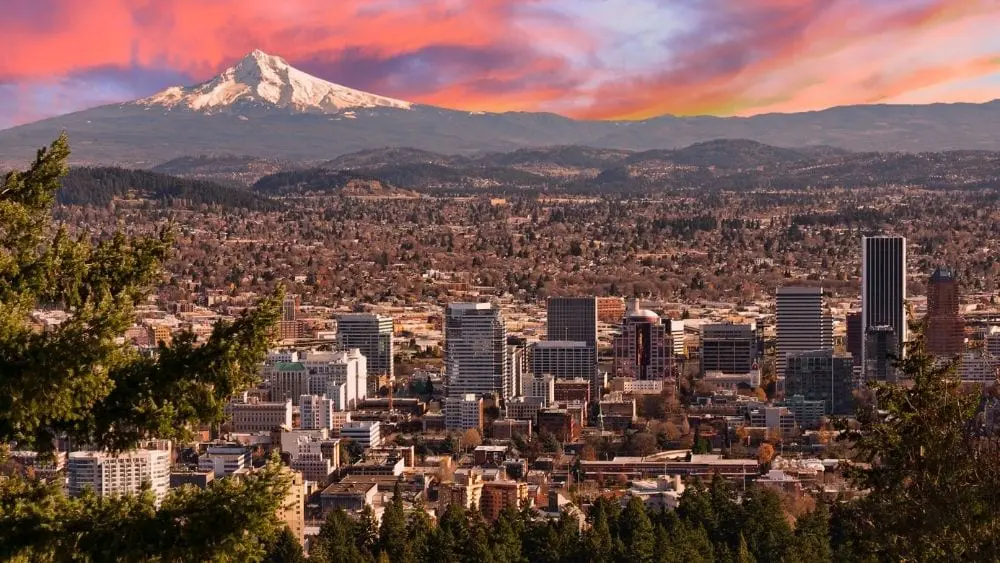
Rounding out the top five cities is Portland, Oregon. Like most places, new plant growth in the spring brings a new wave of allergens to the area. For Portland, which sits at 91st in the spring rankings, trees like alder, birch, and poplar are the biggest contributors to those allergens. During the summer and fall, Portland sees a rise in grass and weed pollen like ryegrass, fescue, sagebrush, and pigweed. This spike only puts Portland at 95 in the fall ranking.
4. San Jose, CA

Moving a little further into Western California, San Jose finds itself with a score of 43.99 in the overall ranking. In the spring, this city gets a double whammy with tree pollen coming from willow, maple, and oak trees and grass pollen coming from wormwood, saltbush, and ragweed. Summer and fall are a little easier on allergy sufferers, but there is still some grass pollen in the air from the bluegrass and ryegrass.
3. San Francisco, CA
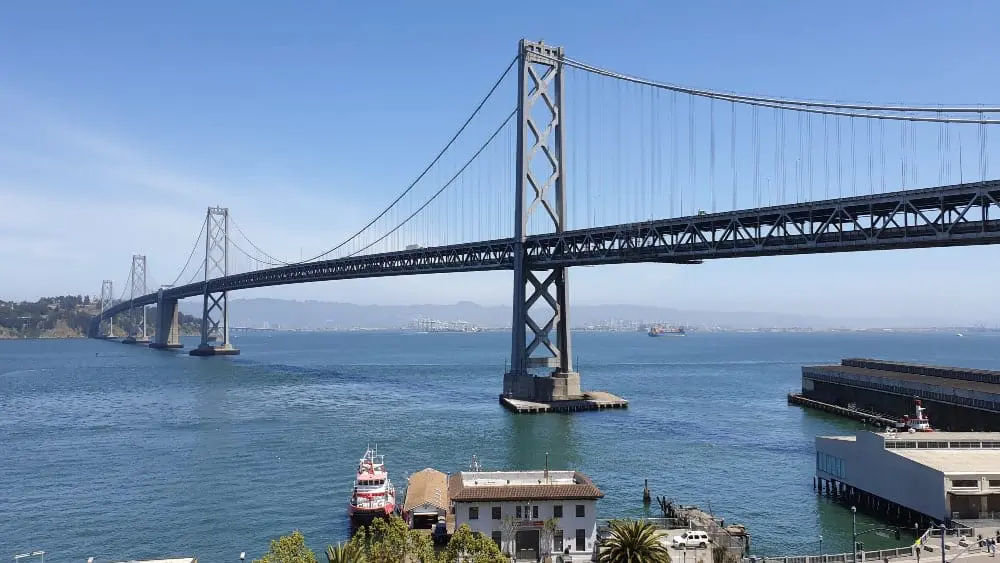
Coming in as the 3rd least challenging place to live with allergies is San Francisco, California. In the fall and winter, San Francisco gets an influx of sagebrush, saltbush, and coyote brush weed pollen but even with the warmer climate, these seasons are typically calm for allergies. San Francisco is ranked 99th for fall cities by the AAFA. The warmer months bring a little more trouble for San Francisco as the tree and grass pollen comes in, but thanks to the proximity to the ocean, these allergens usually get “rinsed” away and do not stay in the air for long.
2. Durham, NC
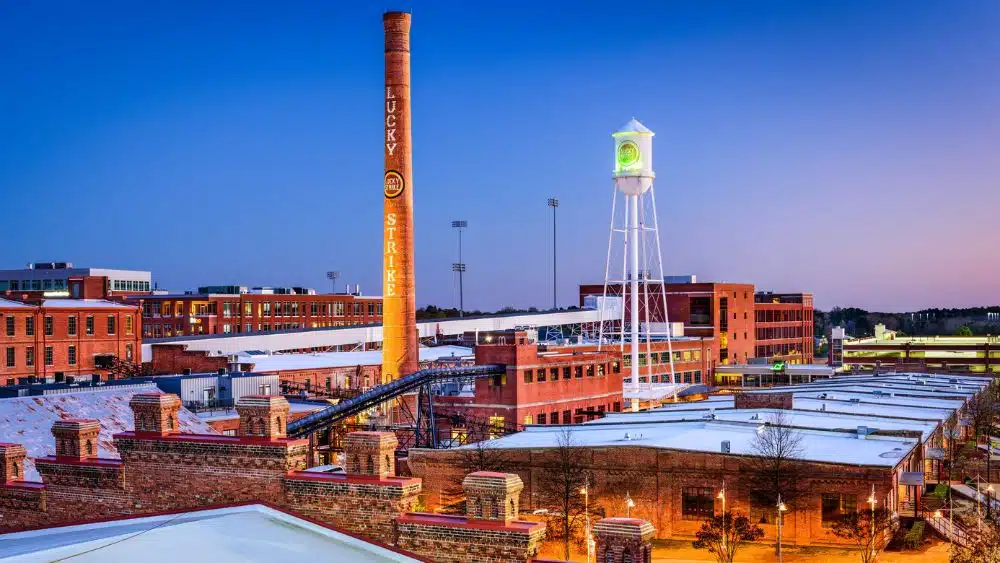
A surprising rank for an East Coast city, Durham, North Carolina is ranked the best city for spring allergies and third best for the fall. Durham gets its first round of allergens in March with pollen from oak, birch, and hickory trees. Then around May, grass pollen peaks due to some common grasses such as Bermuda and Kentucky bluegrass. Heading into summer and lasting into fall, weed pollen, like our friend ragweed, starts to make its way into Durham. Even with the overlapping allergens, Durham still scored 39.59 on AAFA’s list.
1. Seattle, WA

The least challenging city to live in with allergies is Seattle, Washington with a score of 39.44 out of 100. Seattle ranks 99th for spring allergies and 100th for fall allergies, but that does not mean it is completely without allergens. Allergy season starts a little earlier than most states, starting in February with pollen from ash, willow, and walnut trees. Seattle deals with tree pollen well into spring, and by the end of summer, the grass and weed pollen start to take over. May is typically the worst month for allergies as this is when the pollen overlaps. Seattle’s saving grace is its rainfall. The roughly 37 inches of rain helps keep the air clear of pollen, making allergy season in Seattle much easier to handle.
Allergies or Something More?
Because allergies have such common symptoms such as sneezing, runny nose, and sore or scratchy throat, it can sometimes be hard to distinguish between an allergy attack and something more serious. The main difference between allergies and a cold or flu is the presence of a fever. Fevers are a sign that your body is fighting something other than allergens.
You may also be able to track your symptoms based on the time of the year. Cold viruses are year-round, so if you start to get allergy-like symptoms at a time when you do not usually get sick, it could be cause for concern.
Like a cold or flu, the COVID-19 virus is also known to mimic allergy symptoms. If you are experiencing any of the symptoms above, getting tested for COVID-19 is a safe and easy way to rule out the virus before proceeding with any treatment.
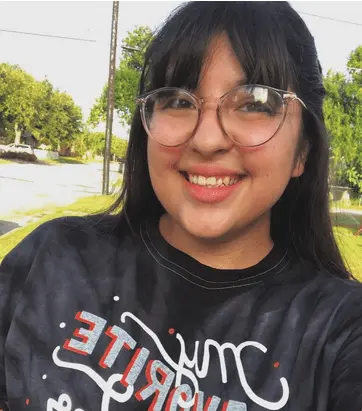
Jessi Gonzalez writes on the topics of home-buying, home decor, and home-ownership for New Home Source. She has a degree from Coastal Bend College and is currently enrolled in the English degree program at Texas A&M Corpus Christi.
 Best Tiny Home Builders in Alabama
Best Tiny Home Builders in Alabama